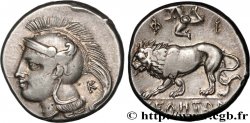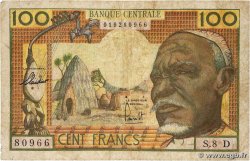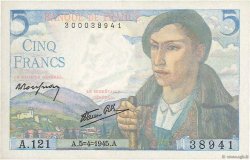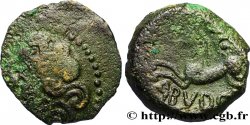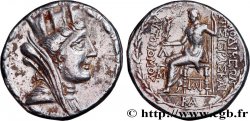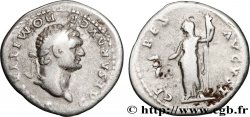Live auction - bgr_674289 - LUCANIA - VELIA Nomos, statère ou didrachme
Devi Sign-in ed essere un offerente approvato fare un'offerta, Login per fare offerte. Conti sono soggetti ad approvazione e di approvazione sono raggiunti entro 48 ore. Non aspettare fino al giorno di una vendita si chiude per registrarti.Confermando la tua offerta su questo oggetto ti impegni ad un contratto legalmente vincolante per l'acquisto di questo prodotto e fare clic su «offerta» costituisce accettazione dei termini di utilizzo de live auctions cgb.fr.
Offerta deve essere collocato in euro gli importi interi vendita only.The si chiuderà al momento sulla descrizione dell'oggetto, eventuali offerte pervenute al sito dopo l'orario di chiusura non verranno eseguite. Volte transmition possono variare e le offerte potrebbero essere respinto se si attende per gli ultimi secondi. Per ulteriori informazioni ckeck le FAQ Live auction.
Le offerte vincenti saranno sottomesse ai 18% per spese di compartecipazione alla vendita.
Le offerte vincenti saranno sottomesse ai 18% per spese di compartecipazione alla vendita.
| Valutazione : | 600 € |
| Prezzo : | 1 050 € |
| Offerta maxima : | 1 100 € |
| Data di fine vendita : | 07 dicembre 2021 14:05:06 |
| partecipanti : | 7 partecipanti |
Tipo : Nomos, statère ou didrachme
Data: c. 340-334 AC.
Nome della officina / città: Vélia, Lucanie
Metallo : argento
Diametro : 21 mm
Asse di coniazione : 5 h.
Peso : 6,65 g.
Grado di rarità : R1
Commenti sullo stato di conservazione:
Bel exemplaire sur un flan court, centré des deux côtés. Très joli lion, bien venu à la frappe. Patine grise de collection
N° nelle opere di riferimento :
Pedigree :
Exemplaire de la collection Aymé Cornu
Diritto
Descrittivo diritto : Tête d'Athéna à droite, coiffée du casque attique à cimier avec triple aigrette, orné d'un griffon.
Legenda diritto : Q
Rovescio
Descrittivo rovescio : Lion passant à droite.
Legenda rovescio : UELHTWN/ F/ (RQ)
Commento
Très tôt, le monnayage de Vélia a été décrit comme ayant inspiré la drachme lourde de Marseille (LT. 785-791). Certains l’ont même décrit comme un monnayage symmachique : un lion de Vélia étant l’équivalent de deux lions de Marseille. Aujourd’hui, cette théorie est remise en cause, par G. Depeyrot, non sans arguments, mais avec une certaine acrimonie. Le lion de Vélia a pu servir de modèle à celui de Marseille, mais à quelle date ? La frappe à Vélia commence dans la seconde moitié du Ve siècle avant J.-C. pour se poursuivre jusqu’en 281 avant J.-C. À quel moment les Massaliotes auraient-ils empruntés le lion de Vélia ?.
Very early on, the coinage of Velia was described as having inspired the heavy drachma of Marseille (LT. 785-791). Some have even described it as a symmachic coinage: a lion of Velia being the equivalent of two lions of Marseille. Today, this theory is called into question by G. Depeyrot, not without arguments, but with a certain acrimony. The lion of Vélia could have served as a model for that of Marseille, but at what date? The minting at Velia began in the second half of the 5th century BC and continued until 281 BC. When would the Massaliotes have borrowed the lion from Velia?
Very early on, the coinage of Velia was described as having inspired the heavy drachma of Marseille (LT. 785-791). Some have even described it as a symmachic coinage: a lion of Velia being the equivalent of two lions of Marseille. Today, this theory is called into question by G. Depeyrot, not without arguments, but with a certain acrimony. The lion of Vélia could have served as a model for that of Marseille, but at what date? The minting at Velia began in the second half of the 5th century BC and continued until 281 BC. When would the Massaliotes have borrowed the lion from Velia?







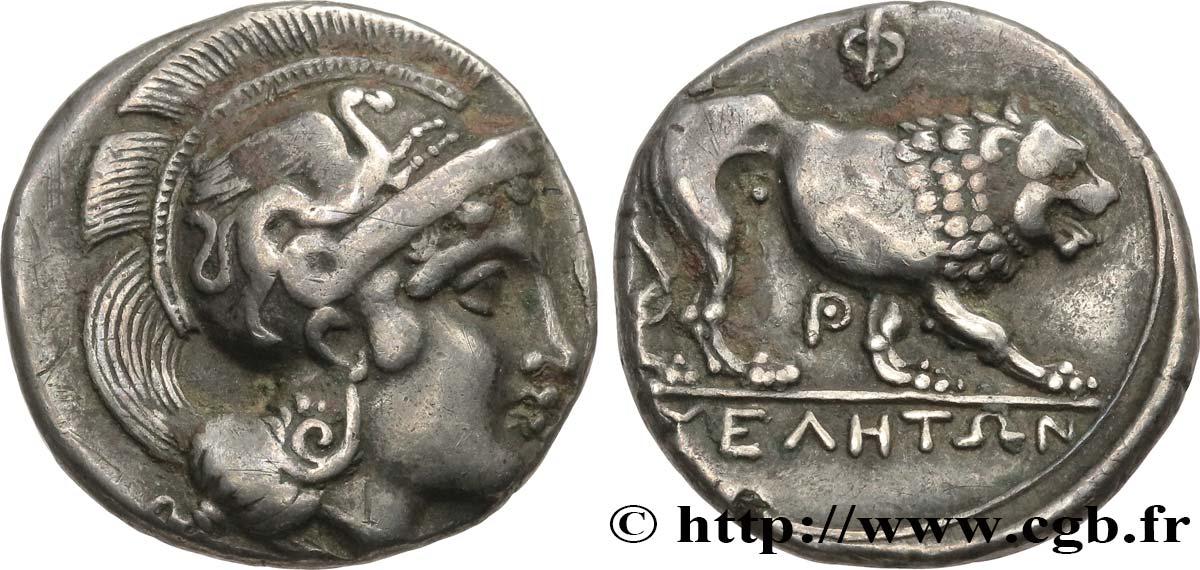
 Segnalare un errore
Segnalare un errore Stampate la pagina
Stampate la pagina Condividi mia selezione
Condividi mia selezione Fai una domanda
Fai una domanda Consegnare / vendere
Consegnare / vendere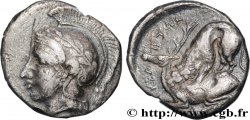
 Descrittivo
Descrittivo


